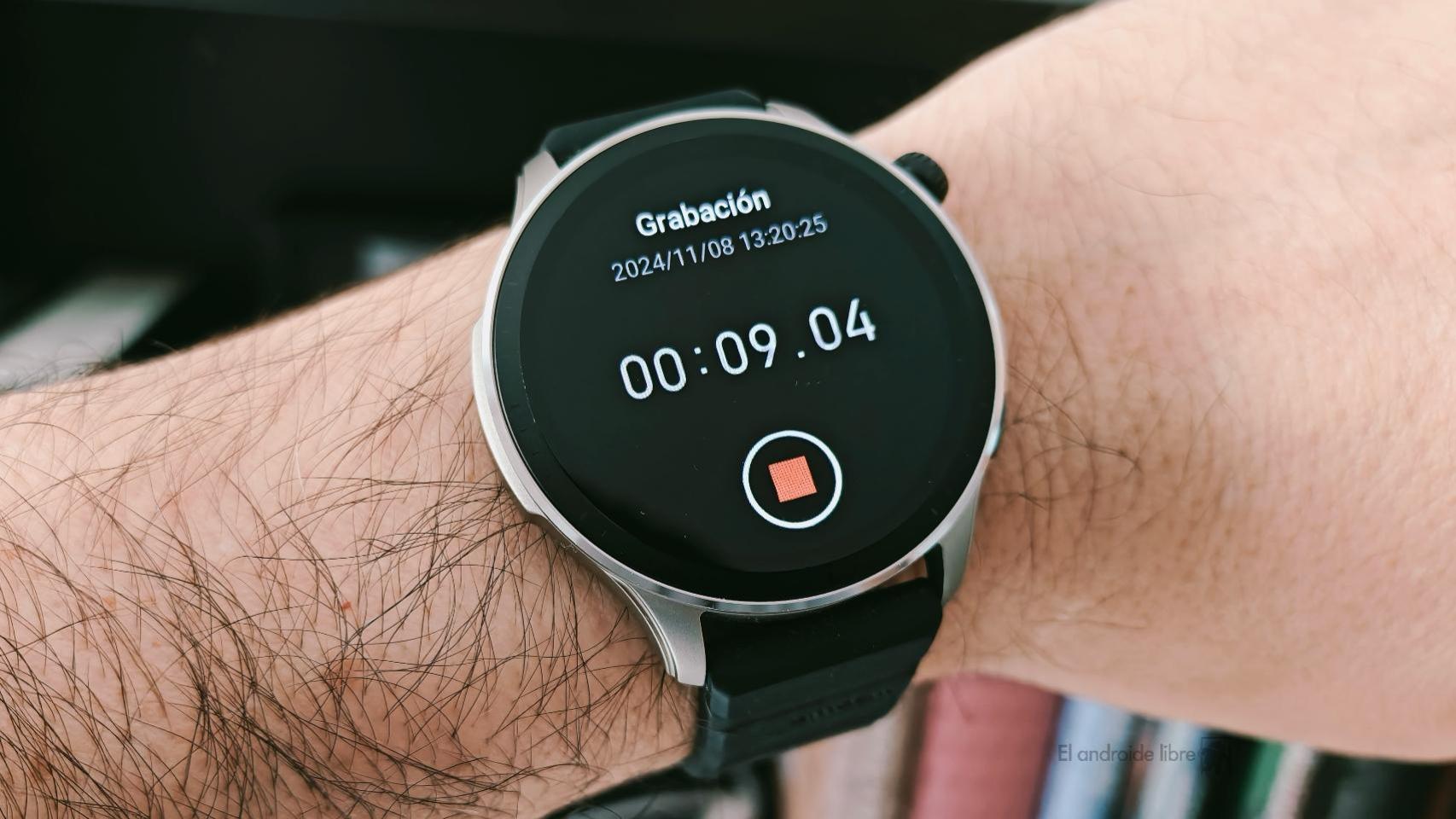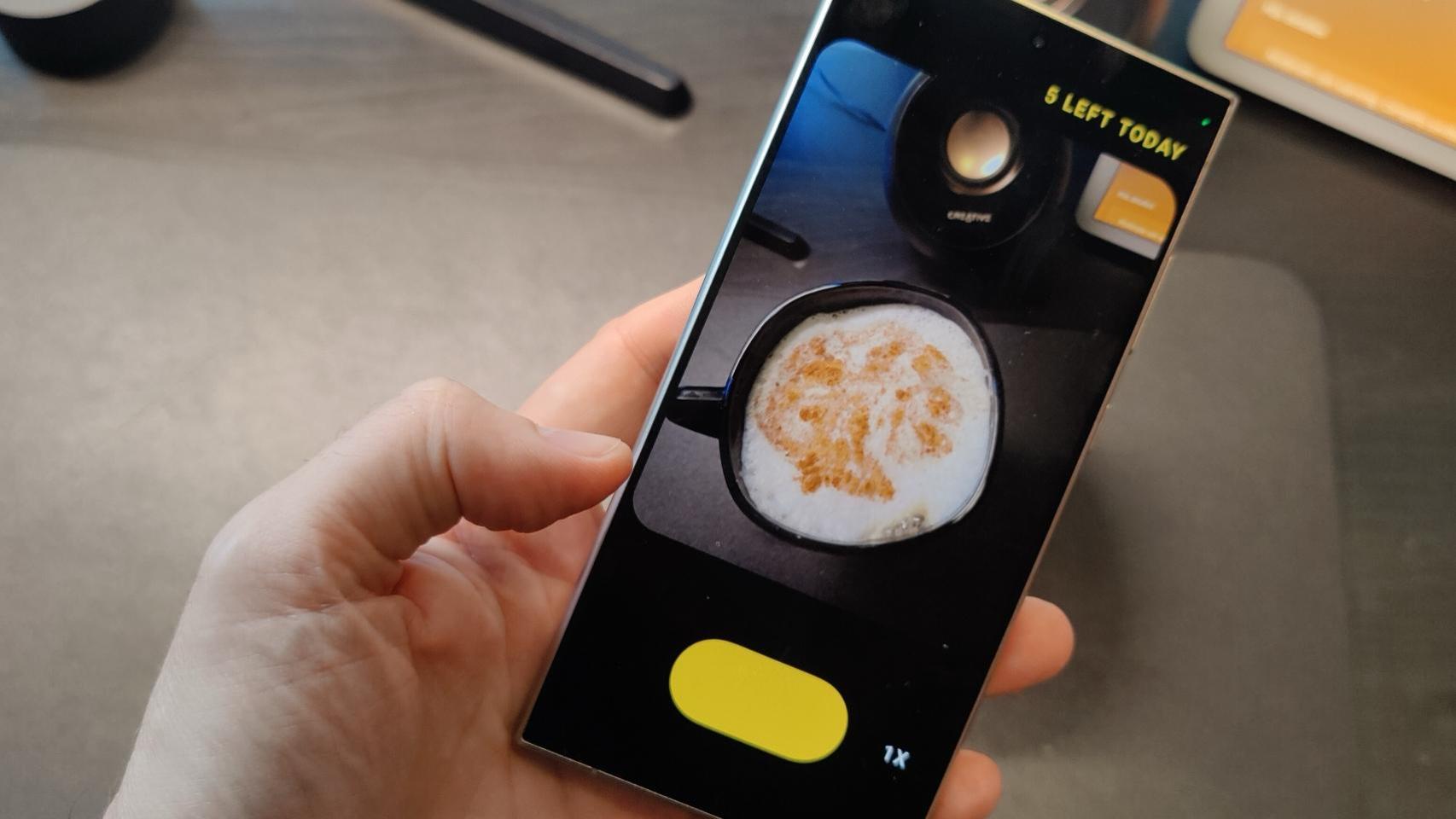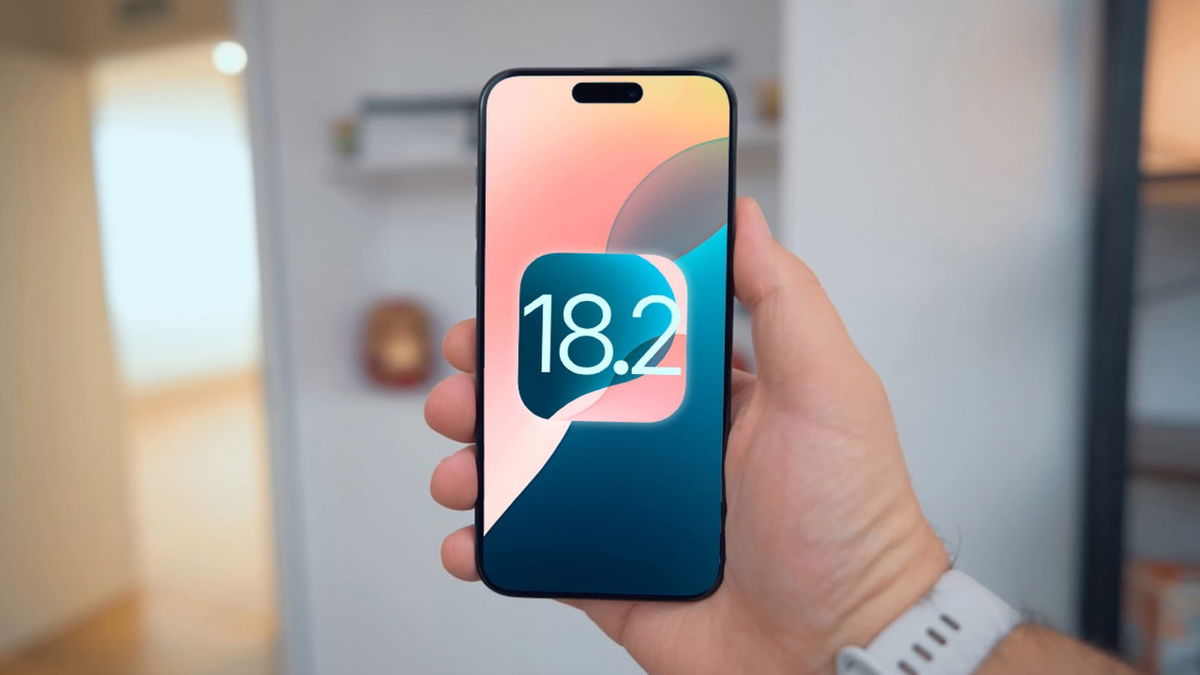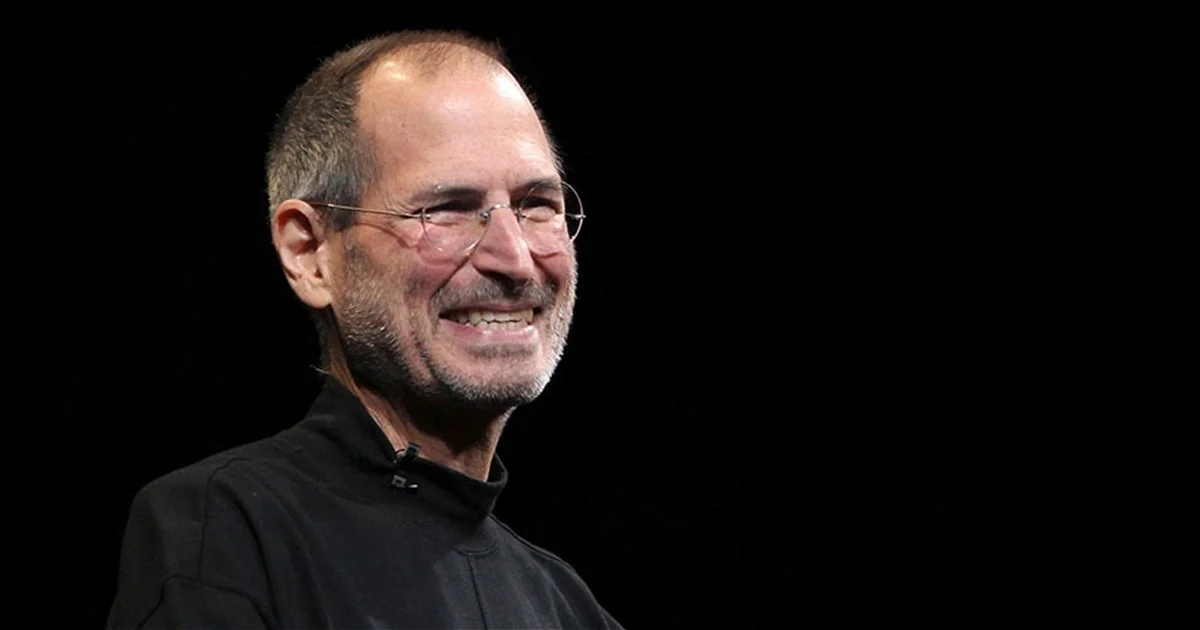Google’s mobile operating system is about to receive a new version, Android 14. Over the years it has evolved, adding some cool features, but what will never change, at least for me, is THE initial setup What should I do when I launch my mobile?
Perhaps, for the vast majority, the first thing to do is to install the most used applications such as WhatsApp, social networks, maps and other utilities. But in my case, the first thing is configure the mobile to have everything under control.
These are my “required” settings
I admit that the most reasonable thing to do is to install applications like everyone else does and let go, even if the vast majority of users do not personalize their mobile either. This, in the end, brings us Headache when we need agility, and maybe that’s one of the reasons why I do it.

To begin with, the first and one of the most important things is customize quick settings. Yes, those that appear above the notifications, those that allow us to quickly activate WiFi, Bluetooth, automatic rotation, among many others.
It’s something I do in a minute, and for that I pull down the notifications curtain and click on the pencil icon, so I edit and order them sensibly. Normally, I first place the the most recurrent connections then I remove some buttons that don’t work for me (internet sharing, screen recording, etc.).
The next thing is to configure the system to the maximum: I go to Settings and category by category I personalize it to the nearest millimeter. It may seem like I spend hours digging into the settings, but that’s not true, I learned and consistently applied certain settings.
For example, I disable the Wi-Fi network search, as well as automatic connection to public networks. All those default settings that end up messing up or even draining the battery, I straight away dismiss. Another example is the sound settings, where I remove touch vibration, dial tone, and lock screen sound.
He notification history This is another element that is useful to me, it is usually disabled so I proceed to enable it. In the same section of notifications I delete those that do not interest me. Similarly, the screen settings are the ones I customize the most, aside from the auto-brightness mentioned above: I remove the always-on screen, the screen turns on when notifications arrive, and I calibrate the screen to make it look better.
Curiously, unlike what happens to other users, I usually change the size of the interface, lowering it a little less. Fortunately, I don’t have major vision problems and reducing the size allows me to see more items on screen.
It can be an obsession, but in the long run, I end up enjoying this initial setup.
The synchronization part is also part of my personal settings: once my Google accounts are linked, turn off syncn certain items such as Google Drive, Google Documents or Keep notes. When I want to sync all of this I do it manually and stop them from being in the background consuming data.
Finally, as an update enthusiast, I go to System > System Update, and I apply the latest versions available. There is no need to comment on the urgent need to update to protect yourself with security patches.

Now yes, it’s time to update all pre-installed apps (which I will use), in addition to disabling bloatware. When everything is ready, I download my applications, configure them, and finally close this initial configuration chapter.
It may be a hobby, a stupid habit, but I can’t imagine opening a mobile without leaving it in my way. Anyway, the important thing is to leave it clean, optimized and usable. This is my journey when I take a new mobile out of its box, what is yours? I read you in the comments.
Cover Image | Stable Broadcast XL
In Xataka Android | The definitive guide to change mobile without losing any data









